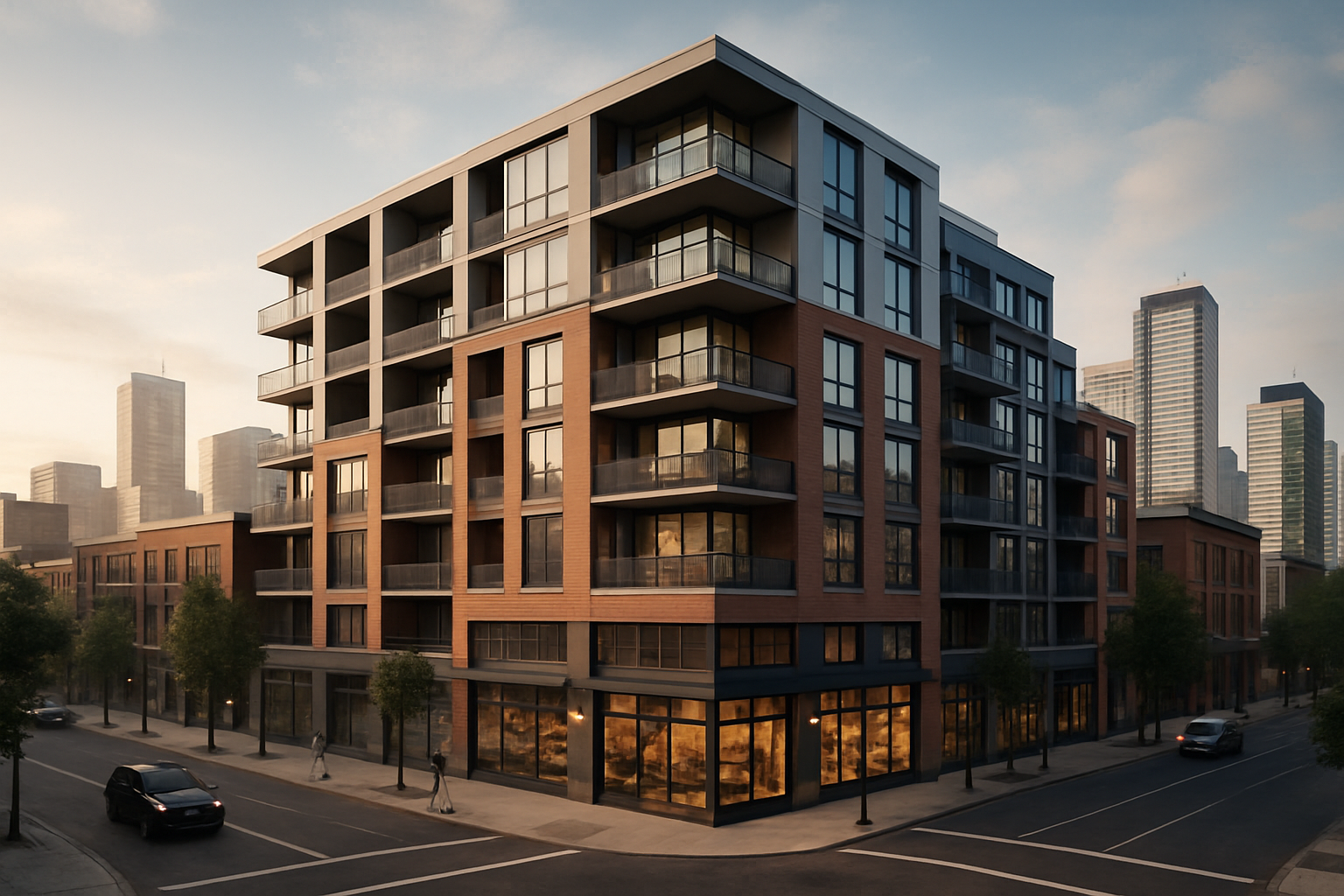Explore New Property Investment Horizons with a Reliable Real Estate Development Company in Ireland
Thinking of securing your future with real estate investments? Discover how a trusted Real Estate Development Company in Ireland is reshaping the property landscape by offering modern, sustainable, and high-return residential and commercial projects. Whether you're a first-time buyer or a seasoned investor, Ireland’s property market is thriving with opportunities that combine growth potential, European stability, and innovative urban planning. Learn what makes this company a preferred choice for those who want to invest smartly and confidently in Irish real estate.

The Genesis of a Property Revolution
The concept of repurposing commercial properties for residential use isn’t entirely new, but it’s gained significant traction in Ireland recently. This trend has roots in the changing nature of work, accelerated by global events that have altered the demand for traditional office spaces. As businesses adopt flexible working models, many commercial properties in prime locations have found themselves underoccupied or vacant.
Simultaneously, Ireland faces a pressing housing shortage, particularly in urban centers like Dublin, Cork, and Galway. The mismatch between available commercial space and residential demand has created a unique opportunity for developers, investors, and local authorities to reimagine urban planning and property usage.
Economic Drivers and Market Dynamics
The financial landscape plays a crucial role in the viability of commercial-to-residential conversions. In many cases, the potential rental yield or sale value of residential units surpasses that of struggling commercial properties, especially in areas with high housing demand. This economic incentive has caught the attention of property investors looking for innovative ways to maximize returns.
Moreover, government initiatives aimed at addressing housing shortages have created a favorable environment for such conversions. Tax incentives, streamlined planning processes, and grants for sustainable retrofitting have all contributed to making these projects more attractive and feasible for developers.
Challenges and Considerations in Property Transformation
While the potential of commercial-to-residential conversions is significant, the process is not without its challenges. One of the primary hurdles is the technical aspect of adapting commercial structures to meet residential building codes and standards. Issues such as natural light, ventilation, and sound insulation often require creative solutions and substantial investment.
Zoning regulations and planning permissions can also present obstacles. Many urban areas have strict zoning laws that may need to be navigated or amended to allow for residential use in previously commercial zones. This process can be time-consuming and may require extensive negotiations with local authorities.
Impact on Urban Renewal and Community Development
Beyond addressing housing shortages, commercial-to-residential conversions have the potential to breathe new life into urban areas. By introducing residential elements to previously commercial-centric neighborhoods, these projects can create more vibrant, mixed-use communities. This shift can lead to improved local amenities, increased foot traffic for businesses, and a more sustainable urban ecosystem.
The conversion trend also aligns with sustainability goals by repurposing existing structures rather than engaging in new construction. This approach can significantly reduce the carbon footprint associated with property development, appealing to environmentally conscious investors and residents alike.
Investment Strategies and Market Opportunities
For real estate investors, commercial-to-residential conversions represent a unique opportunity to enter or expand in the residential market. These projects often allow investors to acquire properties in prime locations that would otherwise be unavailable or prohibitively expensive for new residential developments.
However, success in this niche requires a nuanced understanding of both commercial and residential markets. Investors need to carefully assess factors such as location desirability, potential rental yields, and the costs associated with conversion and compliance with residential standards.
The Future of Urban Living in Ireland
As Ireland continues to grapple with housing challenges and changing work patterns, commercial-to-residential conversions are likely to play an increasingly important role in shaping urban landscapes. This trend not only addresses immediate housing needs but also contributes to the long-term sustainability and livability of Irish cities.
The success of these conversions could pave the way for more flexible approaches to urban planning and property use. As the lines between work and living spaces continue to blur, we may see the emergence of truly mixed-use developments that seamlessly integrate residential, commercial, and recreational spaces.
In conclusion, the rise of commercial-to-residential conversions in Ireland represents a significant shift in the real estate landscape. It offers a promising solution to housing shortages while presenting unique investment opportunities. As this trend evolves, it has the potential to redefine urban living, create more sustainable cities, and unlock new value in the property market. For investors, developers, and urban planners, understanding and leveraging this trend will be crucial in navigating the future of Irish real estate.






